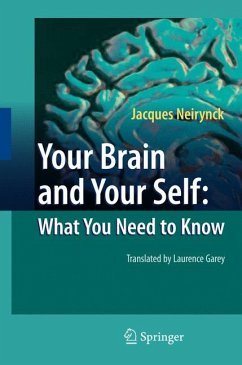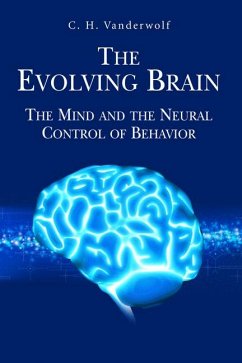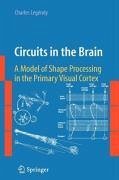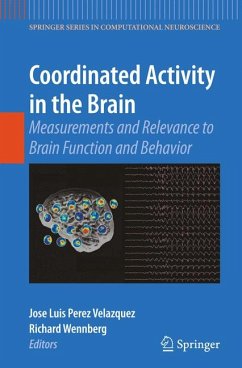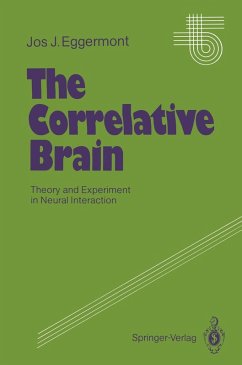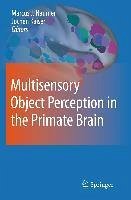
Multisensory Object Perception in the Primate Brain (eBook, PDF)
Versandkostenfrei!
Sofort per Download lieferbar
160,95 €
inkl. MwSt.
Weitere Ausgaben:

PAYBACK Punkte
80 °P sammeln!
It should come as no surprise to those interested in sensory processes that its research history is among the longest and richest of the many systematic efforts to understand how our bodies function. The continuing obsession with sensory systems is as much a re?ection of the fundamental need to understand how we experience the physical world as it is to understand how we become who we are based on those very experiences. The senses function as both portal and teacher, and their individual and collective properties have fascinated scientists and philosophers for millennia. In this context, the ...
It should come as no surprise to those interested in sensory processes that its research history is among the longest and richest of the many systematic efforts to understand how our bodies function. The continuing obsession with sensory systems is as much a re?ection of the fundamental need to understand how we experience the physical world as it is to understand how we become who we are based on those very experiences. The senses function as both portal and teacher, and their individual and collective properties have fascinated scientists and philosophers for millennia. In this context, the attention directed toward specifying their properties on a sense-by-sense basis that dominated sensory research in the 20th century seems a prelude to our current preoccupation with how they function in concert. Nevertheless, it was the concentrated effort on the operational principles of in- vidual senses that provided the depth of understanding necessary to inform current efforts to reveal how they act cooperatively. We know that the information provided by any individual sensory modality is not always veridical, but is subject to a myriad of modality-speci?c distortions. Thus, the brain's ability to compare across the senses and to integrate the information they provide is not only a way to examine the accuracy of any individual sensory channel but also a way to enhance the collective information they make available to the brain.
Dieser Download kann aus rechtlichen Gründen nur mit Rechnungsadresse in A, B, BG, CY, CZ, D, DK, EW, E, FIN, F, GR, HR, H, IRL, I, LT, L, LR, M, NL, PL, P, R, S, SLO, SK ausgeliefert werden.






